By Dr. Towseef Bhat
There are places where geography conspires with grace. Kashmir is one such place. A region where the earth has gifted itself wholly—through snow-fed rivers, deep lakes, melting glaciers, and dripping springs—to the possibility of life. It is not merely that Kashmir contains water; it is that Kashmir is constituted by water. The very imagination of the Valley—as a womb, a cradle, a bowl—is inseparable from its aqueous body. The Valley has, for centuries, been imagined as a hydro-civilisational space, where rivers wrote poetry and lakes held up mirrors to the sky.
But like all delicate civilisations, Kashmir’s hydrological soul is now besieged—from within and without. Its water bodies are not just anxious; they are wounded. And their pain is not silent anymore. If one listens closely, the Dal sighs, the Jhelum chokes, the Wular grieves. The wet heart of Kashmir is drying, and the failure is not technical—it is moral, political, and philosophical.
The ancients understood that water was not merely an element—it was a cosmology, a way of organising life, time, and the sacred. In Kashmir, this cosmology has long held sway. Rivers were not channels to be dammed; they were mothers. Lakes were not real estate; they were mirrors to the soul. Every major settlement in the Valley was either built by a spring, beside a lake, or along a river.
But the shift from reverence to recklessness has been rapid. The imagination of water has shrunk—from being a source of meaning to being a resource. And once water is reduced to utility, it is only a matter of time before it is abused.
What makes Kashmir’s waters extraordinary is not merely their abundance, but their intimacy. There is no part of the Valley where water feels distant. It flows beneath graveyards, inside orchards, along city walls. But it is this very intimacy that now lies in peril. What once flowed with quiet grace now stagnates in neglect. What once shimmered in dignity now reeks of sewage. The transformation has been silent, but the consequences are deafening.
A Bowl Under Siege
Let us speak plainly. Over the last hundred years, more than half of Kashmir’s wetlands and water bodies have disappeared—not because of climatic whim, but because of human will. And where water has not vanished, it has been violated. The Dal, once described as a jewel set in emeralds, is now a watery landfill. Its surface area has shrunk, its depth reduced, its biodiversity ravaged.
Wular, once the largest freshwater lake in South Asia, has been strangled by silt and swallowed by encroachments. Its catchment areas, once forested lungs, have been gashed by unregulated deforestation. Its edges have been eaten slowly—first by timber smugglers, then by urban greed, and now by an apathetic polity that confuses development with devastation.
Hokarsar, the famed wetland that hosts migratory birds from Siberia and Central Asia, is drying into silence. Manasbal lies half-forgotten, choked with weeds. Gangbal and Vishansar—once sacred to shepherds and sages alike—now tremble under the weight of unregulated tourism. Even the smallest springs are fading. In villages across Pulwama, Budgam, and Baramulla, the elders speak of springs that have gone missing like memories.
The tragedy is not just environmental—it is civilisational. People who once lived with water have now begun to live against it.
Urbanisation as Vandalism
Urbanisation, that favourite slogan of modern aspiration, has in Kashmir taken the form of ecological vandalism. Srinagar, once a city built on water, has become a city that wages war against it. Canals have been cemented. Streams have been converted into drains. Marshes have been reclaimed and renamed as colonies. What was once floating now sinks.
The Nallah Mar, once the main canal linking Dal Lake to the rest of the city, has been buried under asphalt and renamed a road. In doing so, Srinagar did not just lose a water channel—it lost a memory, a rhythm, a part of its selfhood.
Today, over 64% of Kashmir’s water bodies are man-made, according to the census of water bodies by the Ministry of Jal Shakti. But the more painful statistic is this: over 23% are no longer in use. Some have dried. Some have been encroached. Others have been reduced to myths told to children.
Sewage from a city of 1.5 million flows directly into the Dal. Agricultural runoff, loaded with pesticides, poisons the Jhelum. Solid waste, from slaughterhouses and residential areas alike, finds its way into water that once was sweet enough to drink. The Central Pollution Control Board measures water quality at several points—but what can numbers measure when the soul has been injured?
Climate Change: The Slow Fire
As if human neglect were not enough, climate change has added a slow fire to Kashmir’s water crisis. The glaciers of the Himalayas—those silent guardians of the Valley’s rivers—are retreating. Their retreat is not dramatic but deadly. It alters the timing, quantity, and reliability of water flow. What used to arrive gradually now arrives in panic: sudden floods in spring, dry channels in summer.
The rhythm of water, once matched to agricultural calendars and cultural rituals, is now erratic. Droughts follow floods. Wetlands dry even in spring. The Indus basin, of which Kashmir is a vital node, is becoming a theatre of hydrological uncertainty.
But climate change, unlike war or law, offers no warning shots. It creeps. It accumulates. It waits for forgetfulness. And in Kashmir, forgetfulness is abundant.
Culture and the Waterscape
The worst consequence of environmental degradation is not physical—it is metaphysical. When a lake is lost, people do not merely lose a water source. They lose metaphors. They lose music. They lose metaphysical confidence.
Kashmir’s culture—its poetry, its crafts, its songs—is soaked in water. The shikara is not just transport; it is symbolism. The houseboat is not just a dwelling; it is an aesthetic. The rice paddy is not just food; it is the echo of a water regime. What happens to people when their metaphors dry?
There is no poetry in pipelines. There is no memory in plastic tanks. There is no transcendence in a concrete embankment.
The question now is stark: Can Kashmir save its water bodies before it loses its soul?
The answer lies not merely in policy documents or budgetary allocations, but in a collective change of ethos. The following are not just recommendations—they are imperatives for survival:
- Enforce what already exists: The Jammu and Kashmir Water Resources Act must be enforced without apology. No more encroachments. No more indulgence to vote-bank vandalism.
- Restore catchments: No lake survives without its forest. Afforestation is not charity; it is self-preservation.
- De-silt, de-pollute, de-concrete: This is not technical jargon—it is a philosophy. Give water its space. Give lakes their breath.
- Educate and enlist: Let children know the names of the springs in their village. Let schools teach the rhythm of rivers. Let tourism become eco-tourism, not extraction.
- Civic imagination: We must rebuild a relationship between citizens and ecology. Without this, all else will fail. A society that cannot weep for its dying lake cannot heal itself.
The Last Reflection
Kashmir’s tragedy is not merely that its waters are dying—it is that their death is normalised. No protests erupt when a spring disappears. No headlines scream when a wetland turns to asphalt. We have, perhaps, become too adjusted to grief.
But waters remember. Even if we forget, they do not. They remember the footsteps of saints who prayed beside them. They remember the fishermen’s songs. They remember the mornings when a mother would fill her pot with cold spring water, whispering a prayer into it.
If we lose Kashmir’s waters, we lose not only an ecology—we lose an entire way of being. We lose a form of silence. We lose a kind of beauty. We lose, most tragically, our own capacity for reverence.
Let us not wait until the last spring has dried, the last lake has vanished, the last child forgets the name of the river beside which her grandfather told stories. Let us handle this bowl—not as planners, not as engineers, but as custodians of something older than the state, deeper than the market, and more sacred than law.
Handle with care. Or not at all.

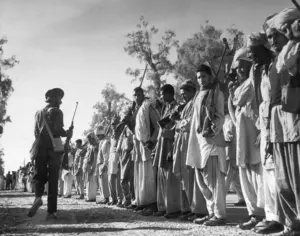
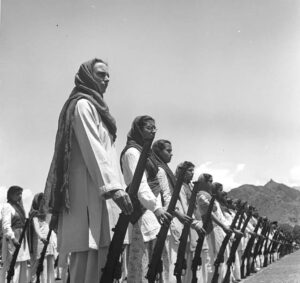
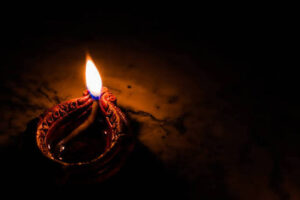
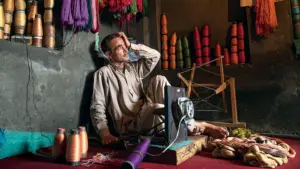


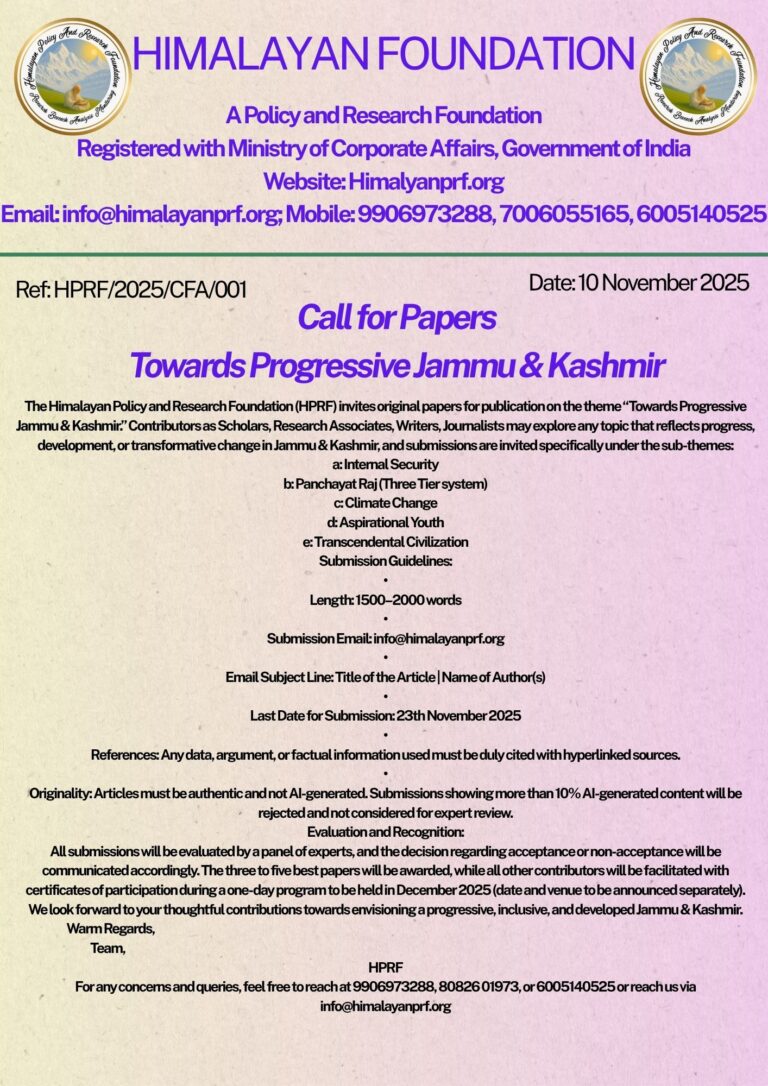
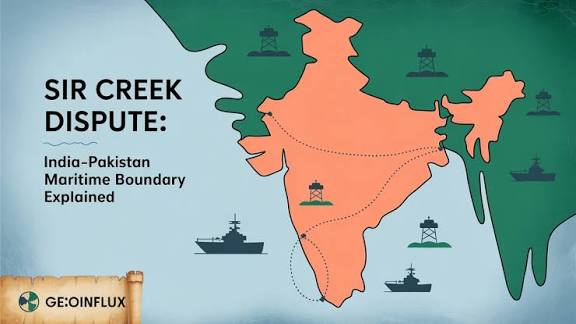
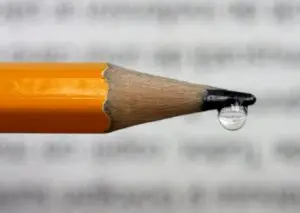

After a while red a nice and meaningful Article
Well articulated write up
We must save our water bodies in order to save our future generations.